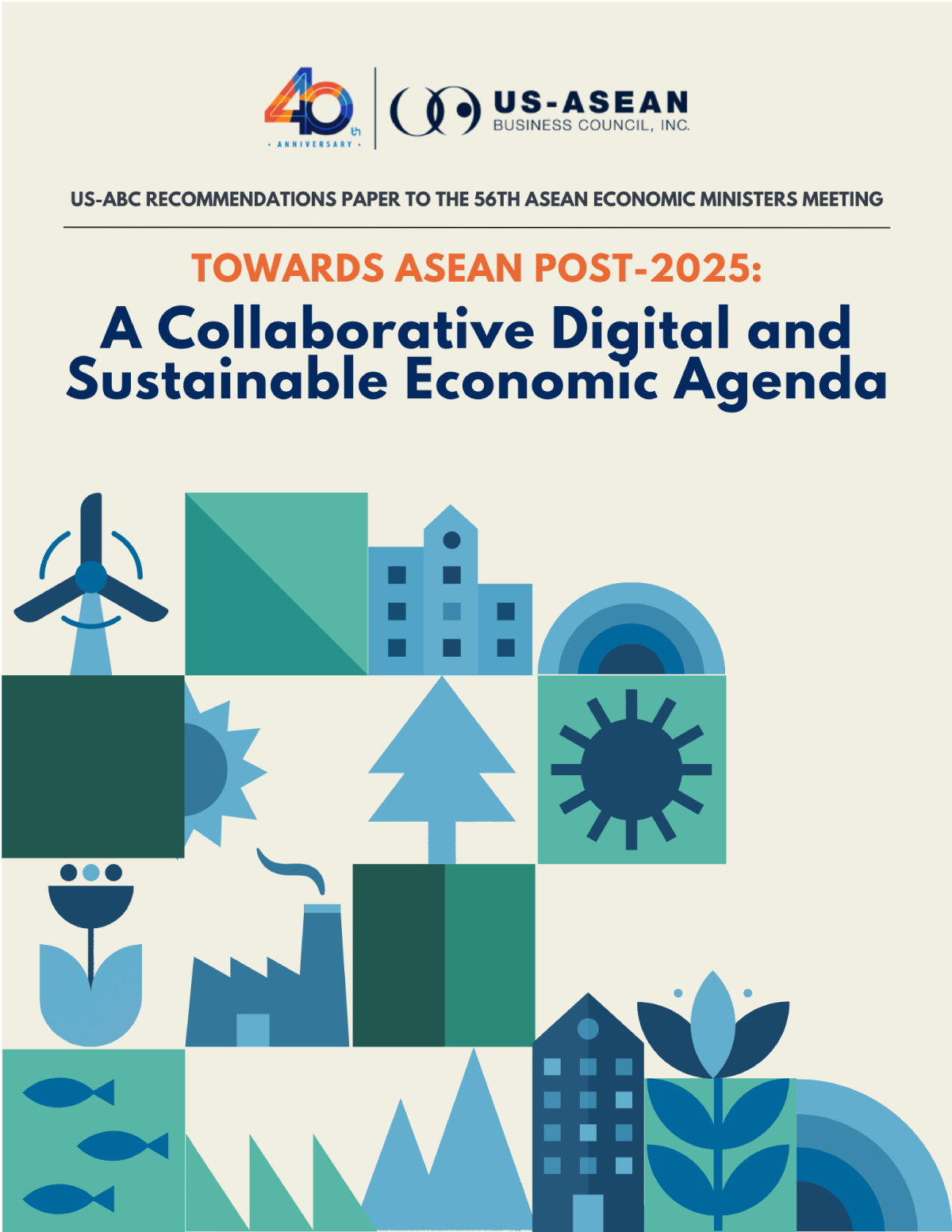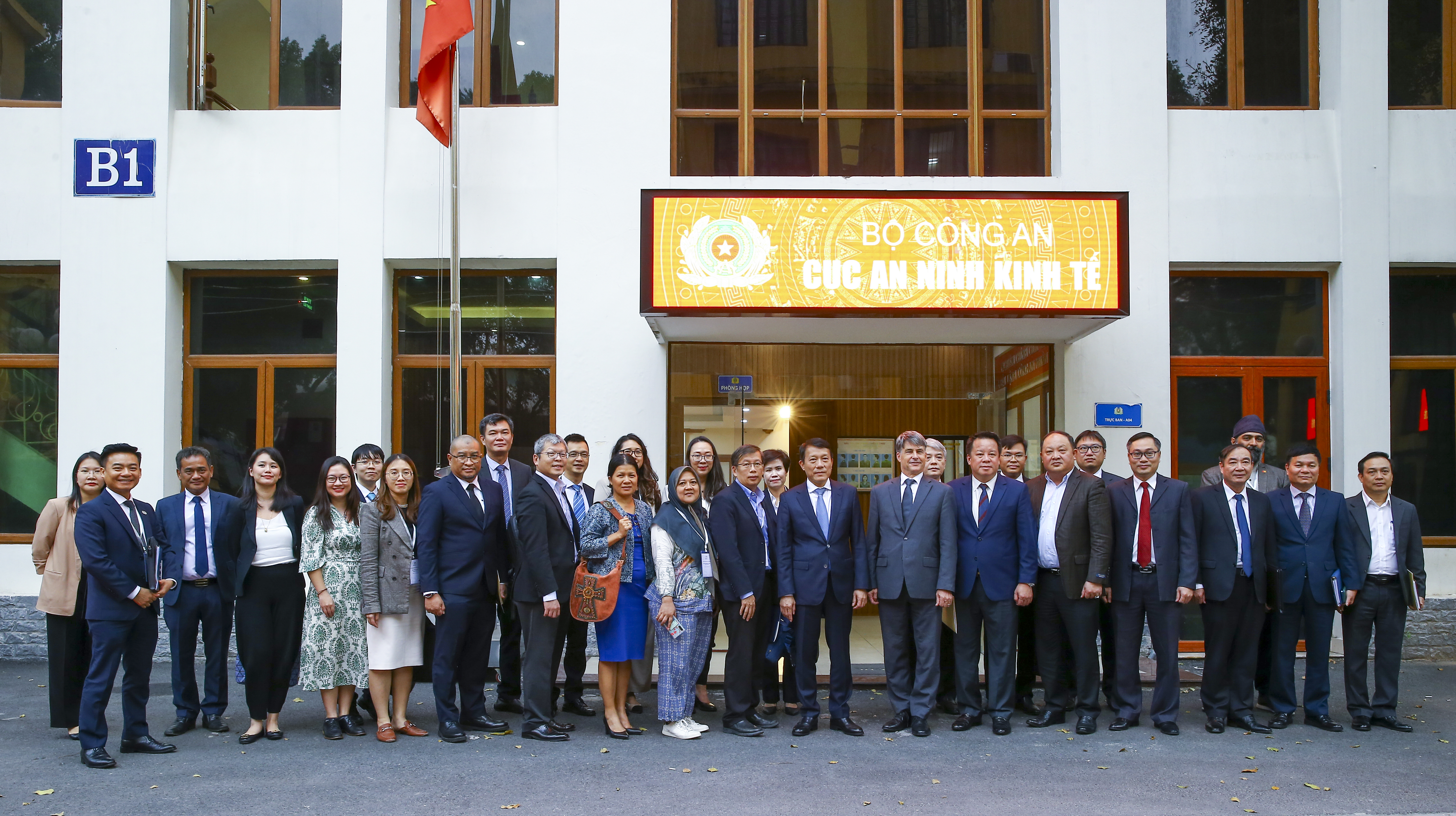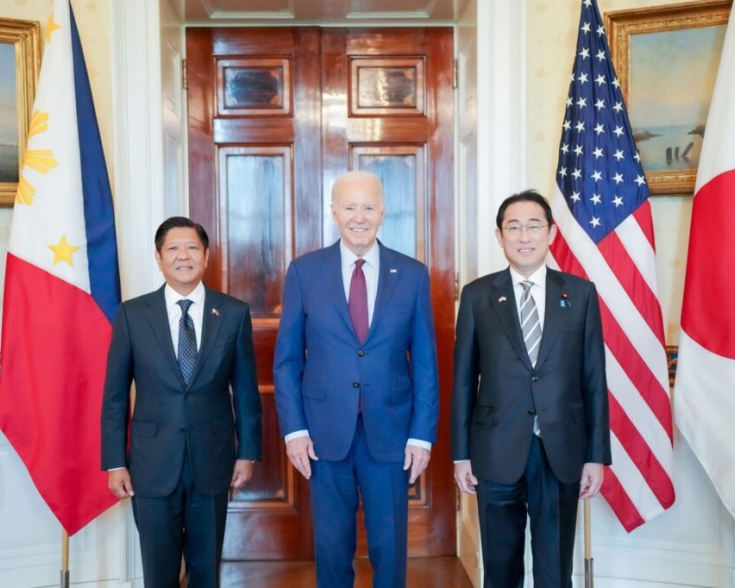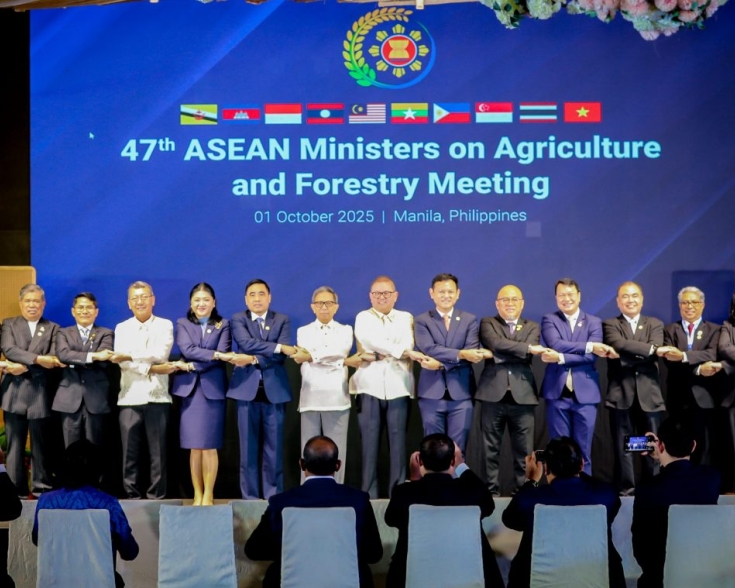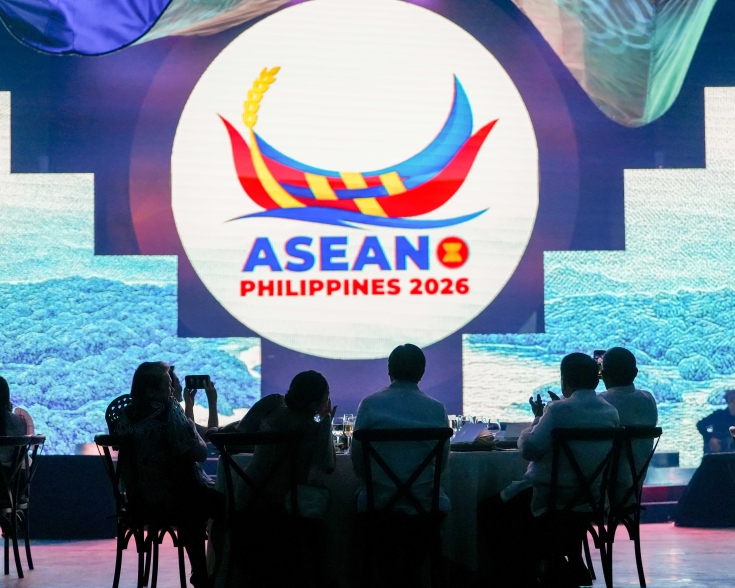Philippines Commences Renewable Energy Exports to Taiwan and Beyond Amid Surging Capacity
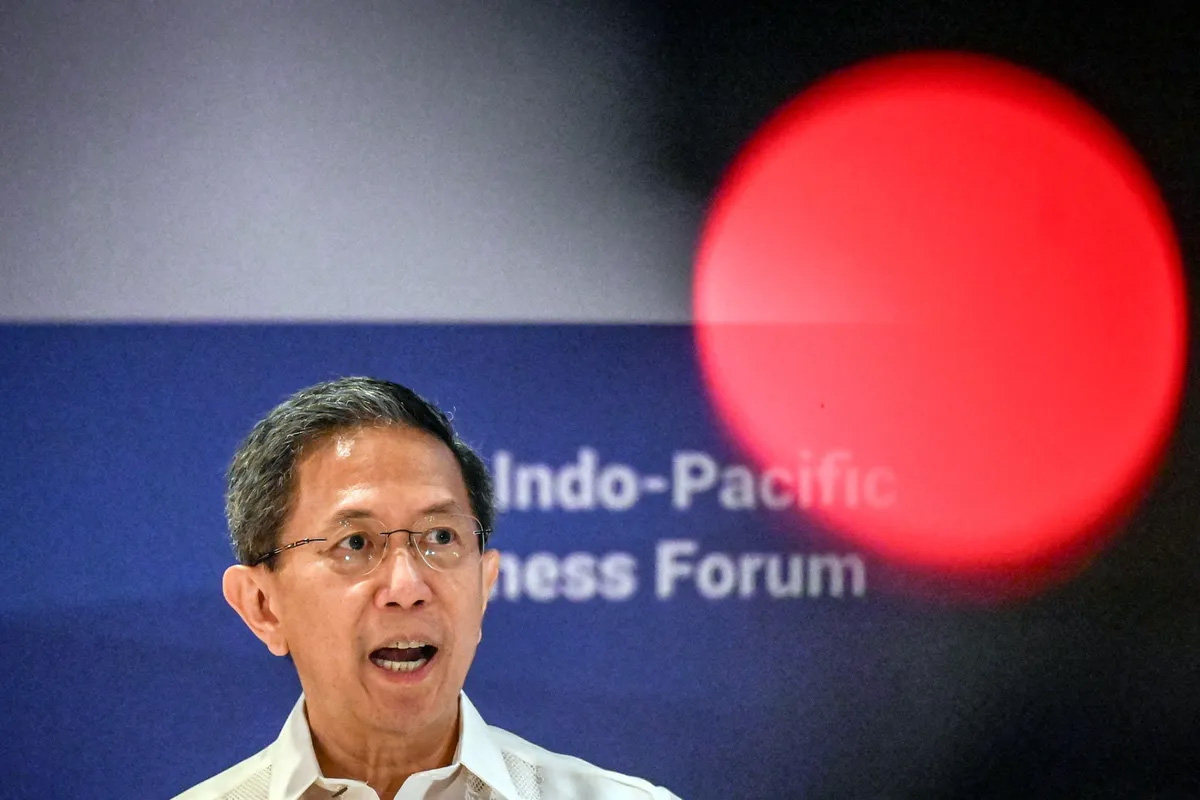
The Philippines is exploring the potential to export renewable energy to Taiwan and other regional partners, Energy Secretary Raphael Lotilla confirmed in a media briefing last week. Driven by an expected surplus in clean energy generation, the government is in early-stage discussions with Taipei and other interested parties outside the ASEAN bloc. While Southeast Asia has historically struggled to establish cross-border energy trading frameworks due to technical and geopolitical hurdles, Lotilla emphasized that Manila is considering creative pathways to enable power exports—including leveraging the ASEAN Power Grid for regional connections and exploring new frameworks for non-ASEAN countries like Taiwan. This strategy reflects the country’s growing role in Asia’s energy transition and its ambition to become a regional hub for clean power distribution.
The Philippines has aggressively expanded its renewable energy portfolio in recent years, driven by favorable policies and increased investor interest, not the least of which from the U.S. Under the Philippine Energy Plan 2023–2050, the government aims to push renewables to 35% of the energy mix by 2030 and 50% by 2040. Taiwan, for its part, is exploring energy partnerships abroad to meet its industrial decarbonization goals—viewing Philippine-generated clean power as a cost-effective and green import option. Talks with Taiwan complement Manila’s broader energy strategy, which includes domestic resource development such as upcoming gas exploration projects in the Sulu Sea and Palawan. At the recent PhilEnergy Expo 2025, officials reaffirmed their commitment to both expanding renewables and strengthening energy security, signaling a new phase in the country’s regional energy diplomacy. All of this reinforces energy and logistical demands associated with U.S.-backed infrastructure and defense projects in the Philippines.


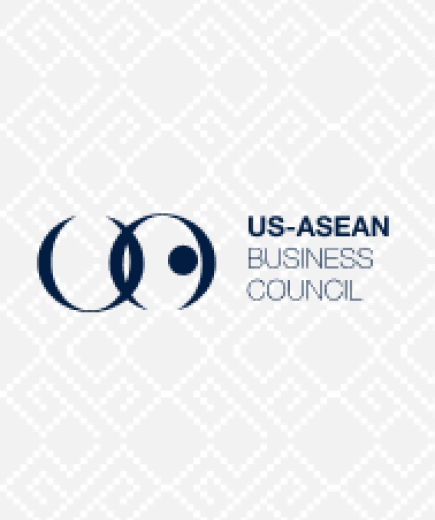
![Cover-[USABC-Final]-Driving-ASEAN-Unity-Malaysia's-Vision-for-2025](/sites/default/files/2025-07/Cover-%5BUSABC-Final%5D-Driving-ASEAN-Unity-Malaysia%27s-Vision-for-2025.jpg)
